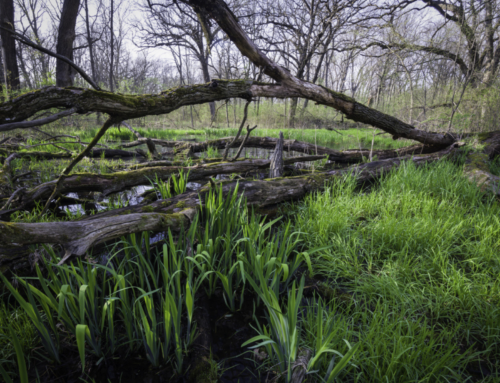February 12, 2014
Re: Survey for Upstream American Eel Passage at Holyoke Dam, Connecticut River, Massachusetts, 2013, FERC Project No. P-2004, Agency Review Draft
Dear Paul,
I reviewed the agency review draft Survey for Upstream American Eel Passage at Holyoke Dam, Connecticut River, Massachusetts, 2013 dated January 8, 2014 and prepared for HG&E by Normandeau Associates. Below are comments submitted on behalf of the Connecticut River Watershed Council.
Section 2.1, Study Site. It would be relevant to mention the context that the Holyoke dam is the lowest hydropower dam on the Connecticut River, and is therefore the first barrier to upstream migration from Long Island Sound.
Section 4.0, 2013 Results. Most of the eels in 2013 were collected from the stilling basin ramp, followed by manual collection at the tailrace fish lift, the South Hadley ramp, the spillway ramp, the tailrace ramp, and a few from the bypass reach ramp. Although the report compares total numbers of eels caught over the years, it would be nice to get a summary of which collection sites tend to be the top performers. Since HG&E is eventually supposed to install “permanent” eel passage, the report should provide information on whether there are sites that have consistently performed well over the years, or if it is somewhat random.
Section 6.0, 2014 Study plan. In 2013, the tailrace trap/manual was the second highest means of collecting eels. Are there plans do to this manually again in 2014? This section does not explain.
Section 6.0 states that eel ramps will be operated on both sides of the Project in 2014 except if precluded by the demolition of the Texon building on the South Hadley side or the construction activities related to shortnose sturgeon passage on the Holyoke side. We don’t think it would be a good idea to have both of these activities happening simultaneously. Keep one side available for eel passage.
Thank you for the opportunity to review the report and provide comments.
Sincerely,
Andrea F. Donlon
River Steward







